There’s a component set in most bikes’ back wheels that nobody really thinks about. Inspecting it is rarely listed in service schedules and you probably only notice it when it falls out of your hub when you take your rear wheel off.
It’s your cush drive, and those little rubber wedges are a lot more important than most folks would think.
Cush drive is short for cushion drive, and like any good cushion they make life more comfortable for you and your engine. The rubber pads fit snugly between the sprocket carrier and the hub, and help soften drivetrain loads to make life easier on the transmission, chain, and sprockets.
The integrity of your cush drive is also critical for throttle response, because as the cushion drive ages it can compress and introduce play and thus driveline lash. Worn cushions will feel like a very loose chain lurching you forward as you open the throttle, and a delay on engine braking as you close the throttle. So if your bike’s throttle response feels sloppy and you’ve already checked the throttle free play and chain tension, the cush drive should be next on your list.
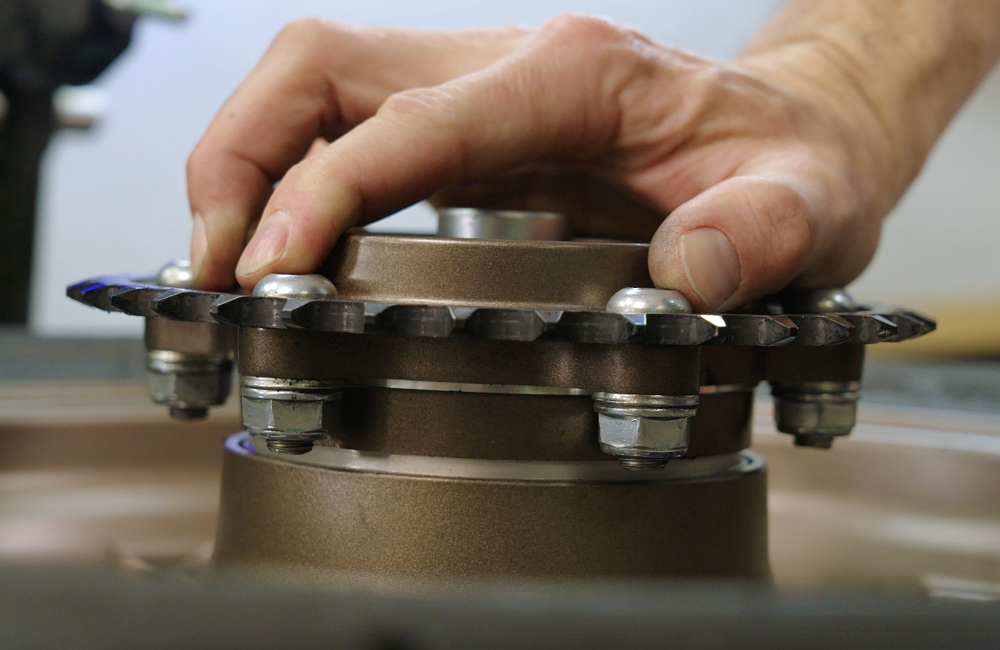
The best way to check it is with the wheel off the bike, so it’s something I do whenever I change tires. With the sprocket carrier installed in the hub, grasp the sprocket and try to twist it relative to the wheel. I don’t want to see any movement, but the few manuals that list a service limit for this say that about three to five millimeters at the sprocket perimeter is acceptable.
If you’re still a long way from tire replacement or just don’t want to remove the wheel, you can also check for free play by putting your bike in first gear, rolling it back and forth, and watching the sprocket carrier relative to the hub. Two pieces of masking tape or a line from a paint pen are helpful reference points. The carrier and hub should move in unison, perhaps with a little movement as the cush compresses, but there should be no free rotation.
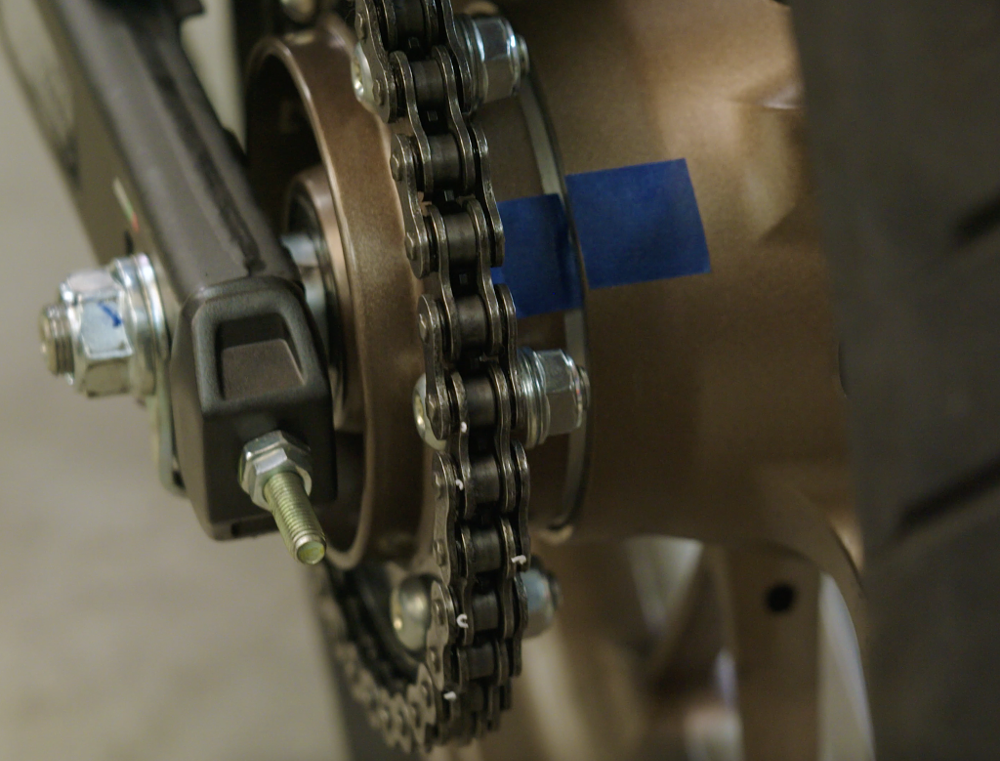
If you notice play, you’ve got two options. The first option is to just replace the cushion drives. They’re usually pretty cheap, and drop right into the hub. The second option, which you could consider the cheapskate fix or the MacGyver fix, is to shim the worn rubbers. A milk jug or oil bottle is usually about a millimeter thick and works great for shimming. Just cut them down to size and slot them between the rubber and the hub to take up the slack.
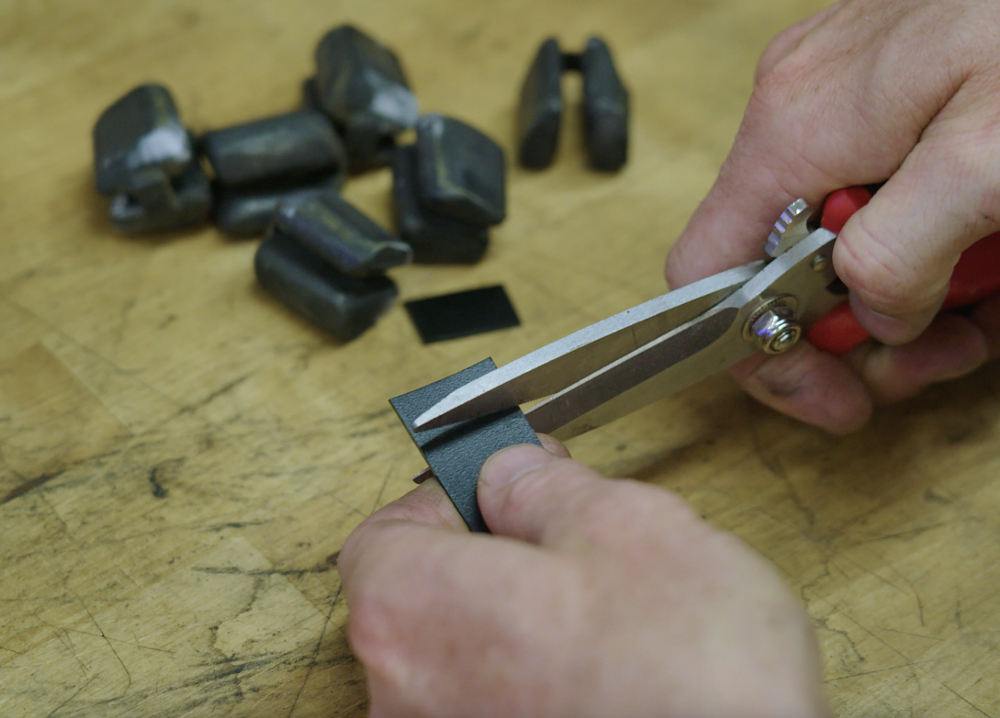
How long does cush drive usually last? That depends (big singles seem to beat cush up the fastest), but it’s often tens of thousands of miles. Just because cush drive is durable doesn’t mean you shouldn’t keep an eye on it. If you find any play, take care of it, because it’s going to improve throttle response and your sense of connection to the bike as well as protect drivetrain components like the chain, sprockets, and transmission.


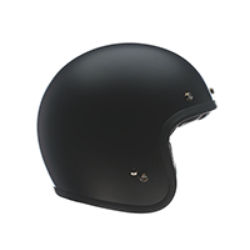

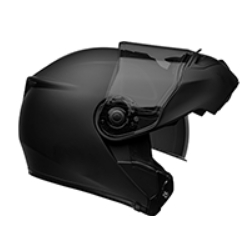

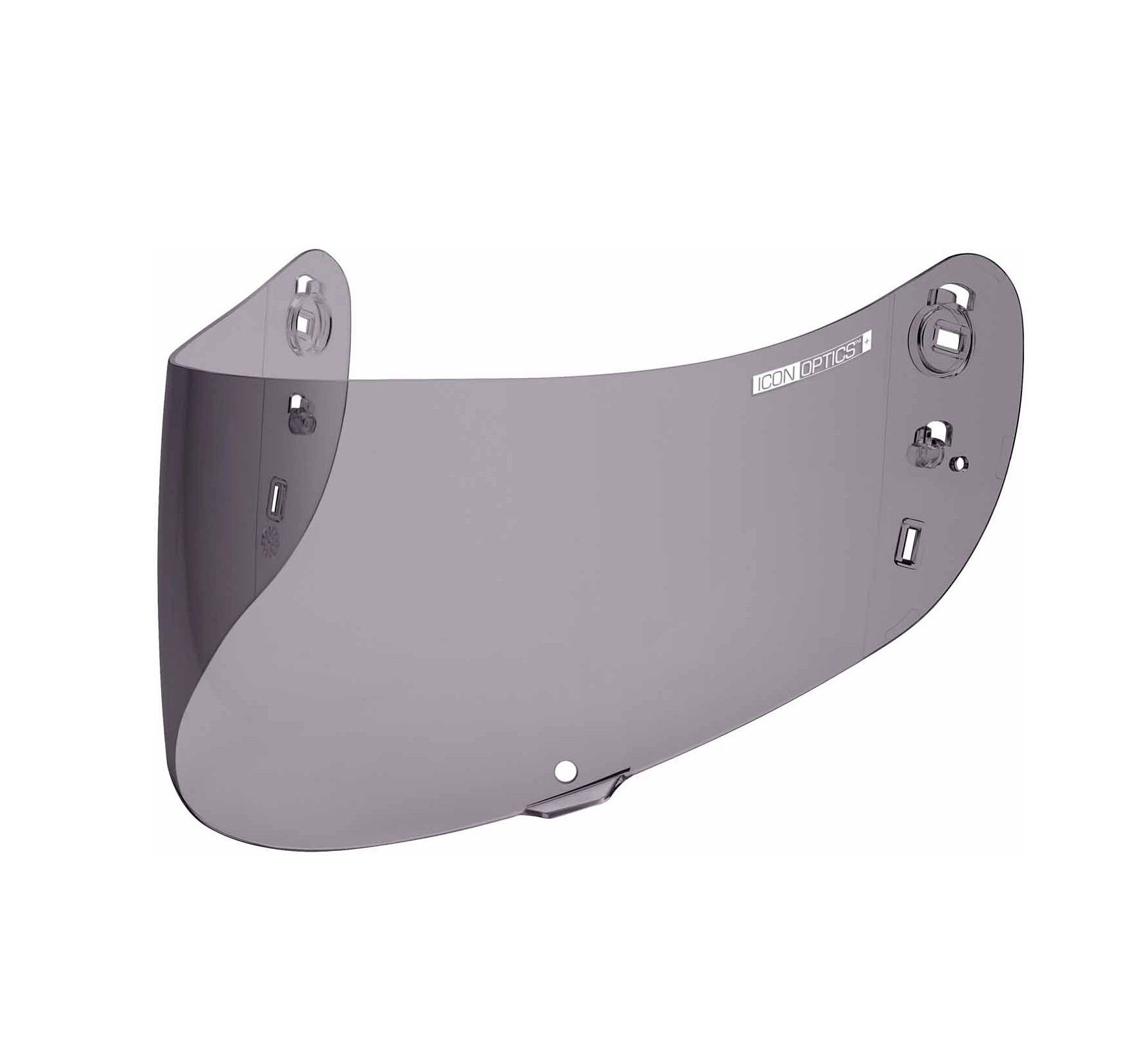
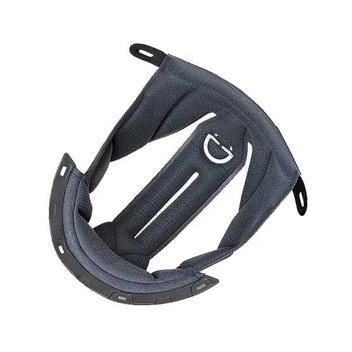
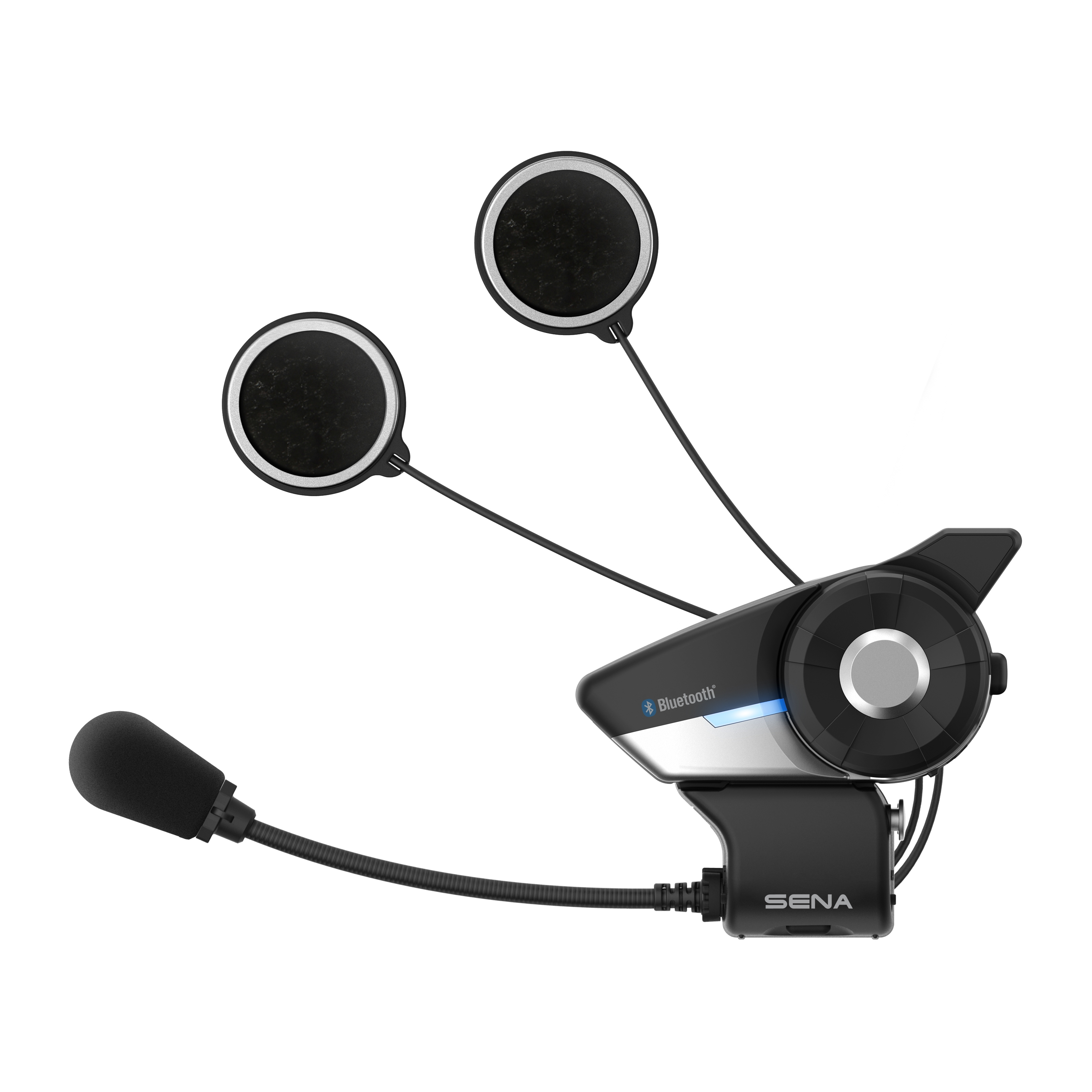
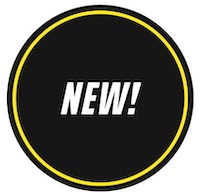

 Membership
Membership





